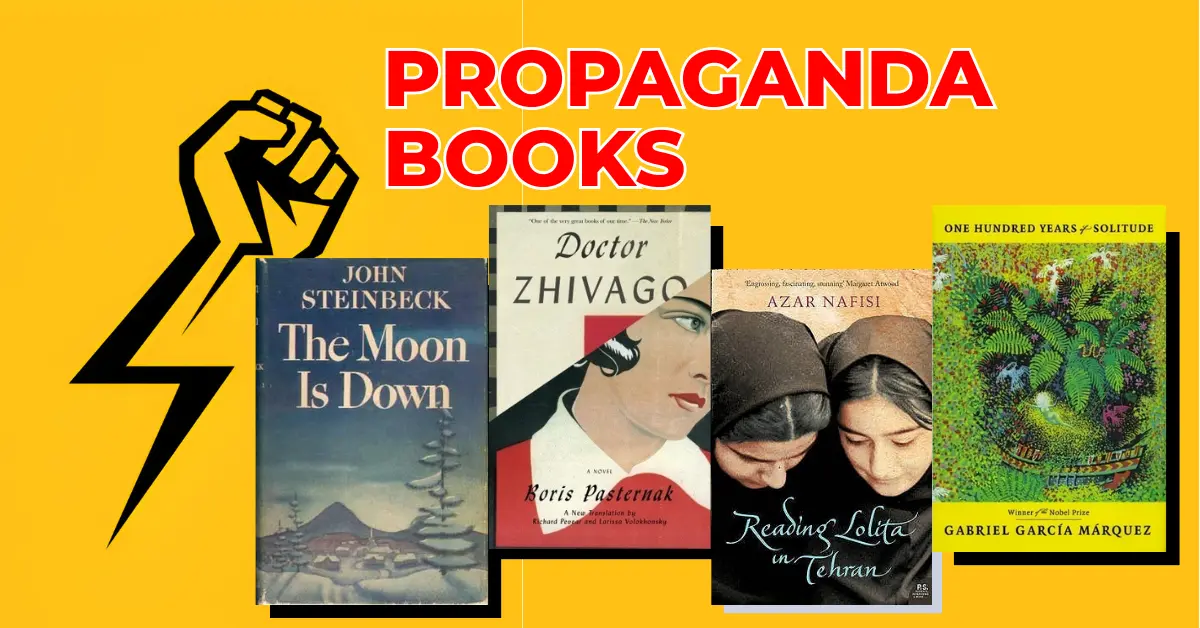Last updated on August 27th, 2025 at 01:41 pm
A concise list of propaganda books, how they were shaped, and the distribution tricks that made them persuasive.
Propaganda books aren’t always loud, crass, or badly written. Many are elegant, moving, and wildly influential—precisely why states and ideologues value them. This rader-friendly guide breaks down what makes a “propaganda book,” then spotlights six acclaimed titles whose creation, funding, or distribution intersected with political goals.
You’ll see how intelligence agencies, governments, and foundations shaped what readers around the world got to read—sometimes without the authors even knowing.
Background
At its simplest, propaganda aims to persuade in service of a power center—shaping attitudes, legitimizing regimes, or undermining rivals. In the 20th century, this often meant covert funding, soft-power book programs, and “friendly” magazines that serialized or promoted approved literature.
Western agencies sought to puncture censorship behind the Iron Curtain; colonial authorities commissioned works to shore up empire; foundations financed narratives aligned with geopolitical interests.
Crucially, literary quality and propagandistic function aren’t mutually exclusive: a book can be both great art and effective persuasion. The six examples below show how sponsorship, curation, editing, and distribution can turn literature into geopolitical leverage.
Propaganda Books
1. The Eyes of Asia by Rudyard Kipling (1917)
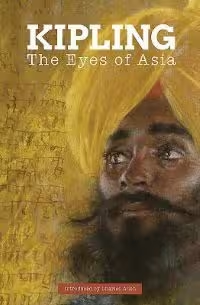
Kipling’s wartime commission reveals how editorial control can recast reality. British intelligence handed him private letters from Indian soldiers fighting in France and asked him to rewrite them—scrubbing out unrest and amplifying loyalty.
The resulting stories, published in American and British newspapers before being collected as The Eyes of Asia, replaced raw testimony (“we are like goats tied to a butcher’s stake”) with admiring portraits of Britain’s wealth and order.
Kipling even checked with officials about “caste” accuracy, showing how closely the text aligned with imperial messaging. The effect was to damp Indian nationalist sentiment while casting the empire as benevolent—a polished literary veneer for a political goal.
2) Doctor Zhivago by Boris Pasternak (1957)
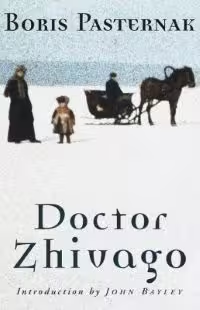
Pasternak’s novel is a love story—and a case study in Cold War bookcraft. Soviet censors blocked publication at home; an Italian scout smuggled the manuscript out; then the CIA spotted its “great propaganda value.”
By publishing a Russian-language edition and distributing copies—even at the 1958 Brussels World’s Fair—U.S. operatives highlighted Soviet cultural repression while showcasing a “forbidden” masterpiece.
The point wasn’t to rewrite Pasternak but to amplify him: if the “greatest living Russian writer” couldn’t be read in Russia, what did that say about the system? Pasternak won the Nobel Prize (which he was forced to refuse), cementing the novel’s symbolic weight against Soviet censorship.
3) Partisans by Peter Matthiessen (1955)
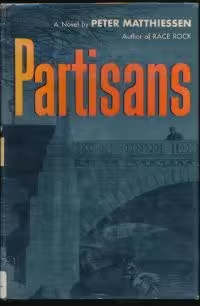
Matthiessen joined the CIA after Yale and used Paris as both writing base and cover. Partisans follows a journalist chasing a former French Communist leader; the narrative’s granular familiarity with Party machinery and its ultimate tilt toward Western patriotism mirror the author’s day job.
The Chicago Tribune joked he should “go back to Moscow,” but the politics are unmistakably anti-Communist. Beyond the novel, Matthiessen co-founded The Paris Review, which doubled as a more effective cultural cover to observe left-leaning American expatriates.
Partisans isn’t his finest work, yet it embodies a Cold War mode: fiction that naturalizes skepticism of Communism while legitimizing Western intelligence tactics through character and plot.
4) Reading Lolita in Tehran by Azar Nafisi (2003)
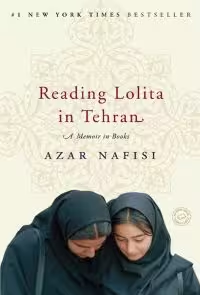
Nafisi’s memoir captivated Western audiences with an intimate seminar on banned books under Iran’s theocracy. It’s a vivid, necessary portrait—but also one with a geopolitical afterlife.
The book acknowledges grant support from the Smith Richardson Foundation, an organization dedicated to advancing U.S. interests abroad. That backing, plus the narrative’s clear indictment of clerical authoritarianism, positioned the memoir as both literature and liberal-democratic advocacy.
For many American readers, it offered emotional proof of the regime’s moral bankruptcy; for policymakers and funders, it reinforced soft-power arguments that cultural freedom and women’s rights are inseparable from political change. The result: a bestseller that doubled as persuasive foreign-policy storytelling.
5. One Hundred Years of Solitude by Gabriel García Márquez (1967)
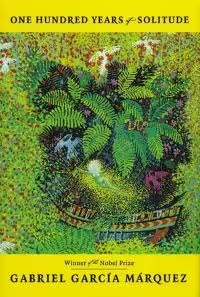
García Márquez’s masterpiece became tangled in Cold War cultural strategy when Mundo Nuevo—a magazine later revealed to be CIA-financed—published excerpts a year before the novel’s release.
Notably, the selections avoided the damning “banana massacre” episode implicating a U.S.-linked fruit company and the Colombian army. The magazine’s editorial stance—anti-Communist yet open to left-leaning art—was described as “fidelismo sin Fidel”: the aesthetics without the revolutionary politics.
García Márquez was furious upon learning of the funding. The episode shows how selective excerpting and platform choice can launder state aims through celebrated literature—promoting a palatable slice while muting passages that complicate U.S. narratives.
6. The Moon Is Down by John Steinbeck (1942)
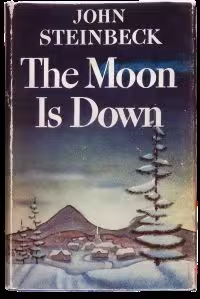
Steinbeck directly urged FDR to mount “considered” propaganda—then wrote a novel to help. Set in an unnamed occupied country (with shades of Norway, Denmark, and France), The Moon Is Down offers a template of dignified resistance and occupier ineptitude. Smuggled and translated across Nazi-held Europe, it was designed to stiffen civilian resolve and inspire sabotage.
Postwar Norway honored Steinbeck with the Freedom Cross for his contribution. Here, propaganda and art are overtly fused: a compact, morally clarifying narrative that traveled clandestinely to fuel courage, proving how fiction can serve as a field manual for psychological resistance without sacrificing readability.
Notable: How Literature Becomes Propaganda
- Control the pipeline: Commissioning, editing, or excerpting steers meaning before readers ever see a book.
- Exploit scarcity: “Banned” or censored works gain symbolic power; distributing them can discredit regimes.
- Leverage prestige: Awards, festivals, and elite magazines legitimize messages as culture—not messaging.
- Fund the frame: Grants and covert support can tilt which stories get written, published, or amplified.
FAQ: Propaganda Books
What is a “propaganda book”?
A book that’s written, edited, funded, or distributed to advance a political objective—often subtly. During the Cold War, for example, Western intelligence subsidised writers and set up magazines to shape culture and counter censorship.
Are great works of literature exempt from propaganda?
No. High literary quality and propagandistic function can coexist; governments or ideological groups have promoted acclaimed books for political ends.
How do agencies influence books without rewriting them?
By funding platforms, serialising “safe” excerpts, or flooding target audiences with editions that carry symbolic weight (e.g., a banned book in its original language).
Did the CIA really publish and distribute Doctor Zhivago?
Yes. A 1958 memo called it of “great propaganda value.” The CIA printed a Russian edition and circulated copies, including at the 1958 Brussels World’s Fair, spotlighting Soviet censorship.
What’s the evidence that Kipling’s The Eyes of Asia was propaganda?
British officials gave him Indian soldiers’ letters and asked him to rewrite them, removing dissent and adding admiring portraits of Britain before collecting them as a book.
Was Peter Matthiessen’s Partisans tied to espionage?
Yes. Matthiessen joined the CIA, wrote the novel in Paris, and later used The Paris Review as cover to observe left-leaning expatriates—illustrating fiction entwined with Cold War aims.
Why do some call Reading Lolita in Tehran propaganda-adjacent?
Beyond its literary merit, the author thanks the Smith Richardson Foundation—whose mission includes advancing U.S. interests—highlighting how grants can frame and amplify a narrative.
How did One Hundred Years of Solitude intersect with propaganda?
CIA-financed Mundo Nuevo ran excerpts before publication, omitting the “banana massacre” episode while presenting culturally captivating passages—an editorial choice with political implications.
Are openly motivational war novels propaganda too?
Often, yes. Steinbeck urged FDR to create “considered” propaganda and wrote The Moon Is Down to inspire resistance in Nazi-occupied Europe; it was smuggled and honored post-war.
How can I spot a propaganda book today?
Look for unusual funding or distribution, selective excerpting, state-aligned platforms, and narratives that consistently legitimise a power center—especially when paired with censorship abroad.
